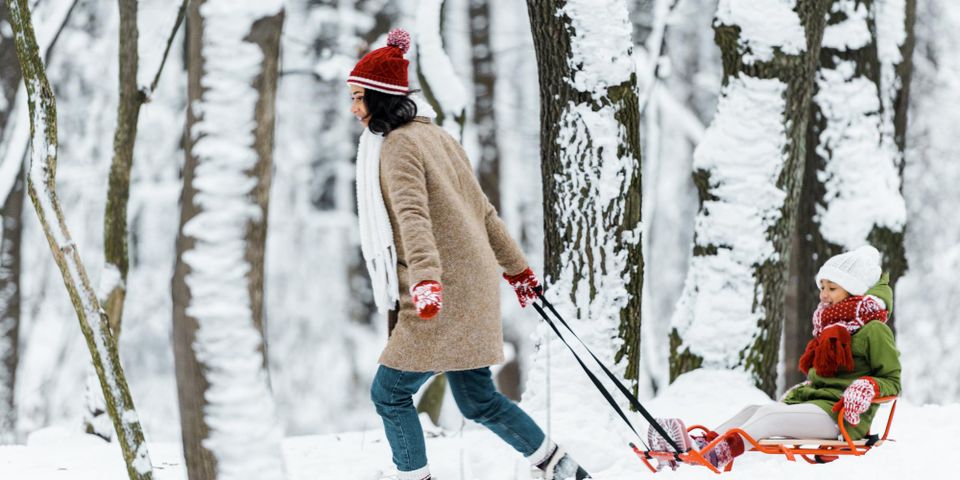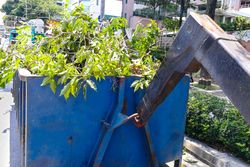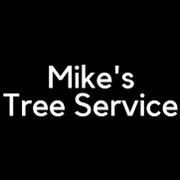
Harsh winter weather will likely bring to light any issues with your landscaping; for example, heavy snow can cause diseased limbs to drop, and heavy winds may fell a dead tree. As a result, the end of winter is the perfect time to analyze the greenery on your property and schedule tree removal for the dead or dying ones. Use the guide below to know when your trees are reaching the end of their life and what you should do to address it.
What You Should Know About Post-Winter Tree Removal
When a Tree Starts to Die
The final stage of life for a tree is called its twilight. When the tree enters this stage, large limbs will start to die and break off. New leaf growth will not return in the spring on some of the branches, usually starting at the crown of the tree. Healthy trees can stay in this stage for many years, so don’t schedule tree removal as soon as you see that a limb dropped. Instead, have your arborist monitor the tree health, so they can prune any dead limbs, which will prevent them from being a danger to your property or people.
There are many reasons a tree may die. Even young and healthy trees can get diseases or fungal infections that will kill them. Signs such as discoloration, fungal growth, and pest infections are all indicators of a disease. Environmental issues such as bad soil, pollution, or poor drainage can all kill a tree as well. Extreme natural disasters such as flooding, fire, or storms can kill them; however, diseased or old trees in their twilight are much more susceptible to this issue than young, healthy trees.
What to Do
 If you’re concerned about the health of any of your trees, call a professional. They will look for signs of disease and determine why any dead trees have died. If the cause was something that could affect your other trees, they will work out a solution to protect your healthy landscaping. They can safely and efficiently remove any dead or dying trees.
If you’re concerned about the health of any of your trees, call a professional. They will look for signs of disease and determine why any dead trees have died. If the cause was something that could affect your other trees, they will work out a solution to protect your healthy landscaping. They can safely and efficiently remove any dead or dying trees.
For more than 25 years, Mike’s Tree Service has taken care of forestry for property owners in the greater Cincinnati, OH, and northern Kentucky area. Their highly trained team has a 60-foot bucket to safely and efficiently handle heavy debris removal, and they will complete tree removal and stump grinding to eradicate the problematic growth and prevent future problems. Visit them online to learn more about their services, and call (513) 353-0395 to schedule your post-winter service.
About the Business
Have a question? Ask the experts!
Send your question

